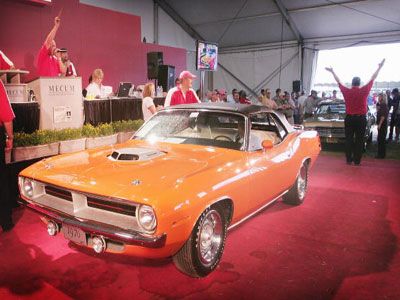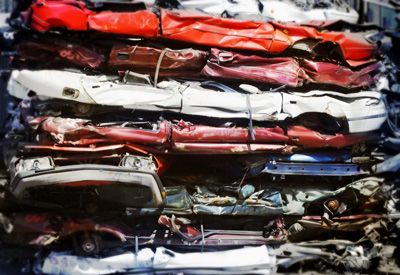Junkyards conjure up all kinds of fixed-in-memory images. Movies depict creepy, remote labyrinths of wrecked metal heaps where people go to hide bodies, and they inevitably have to run for their lives from a pack of foaming-at-the-mouth junkyard dogs. Other impressions come from exploring a local salvage yard as kids and finding a lot of neat, well, junk. And what is it called anyway, a scrap, junk, salvage or wrecking yard?
Junkyards are a bit of all of the above and more. They can salvage parts and whole vehicles for reuse, crush stripped or intact autos into scrap metal, or serve as a final resting place for wrecked cars. What many purveyors of junk do -- and do very well -- is provide parts to cars that are still on the road. Car experts and garage hobbyists know how to work the yards and find what they need both online and on-site.
Advertisement
Knowing what you're doing before going the salvage route definitely makes a difference, but shopping for used parts can save you money, and even time, if you know a few tricks. Just as with buying most things second-hand, timing and availability can be everything. If you need a part right away and are short on funds, you may or may not be able to find what you need to get your car running again. If you can afford to buy a new replacement part -- especially if time is an issue -- it may be best to skip the trek through the yards.
So that leads up to the question: Are junkyard parts worth your time? Should you salvage the idea or scrap it? It depends a lot on why you're shopping and what you're hoping to find.
Advertisement



